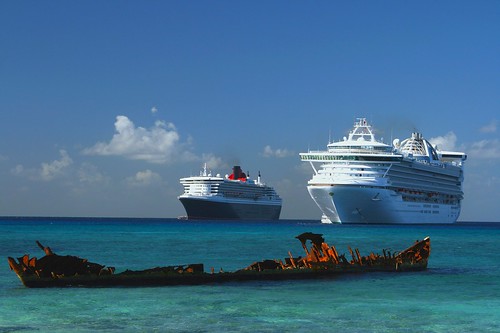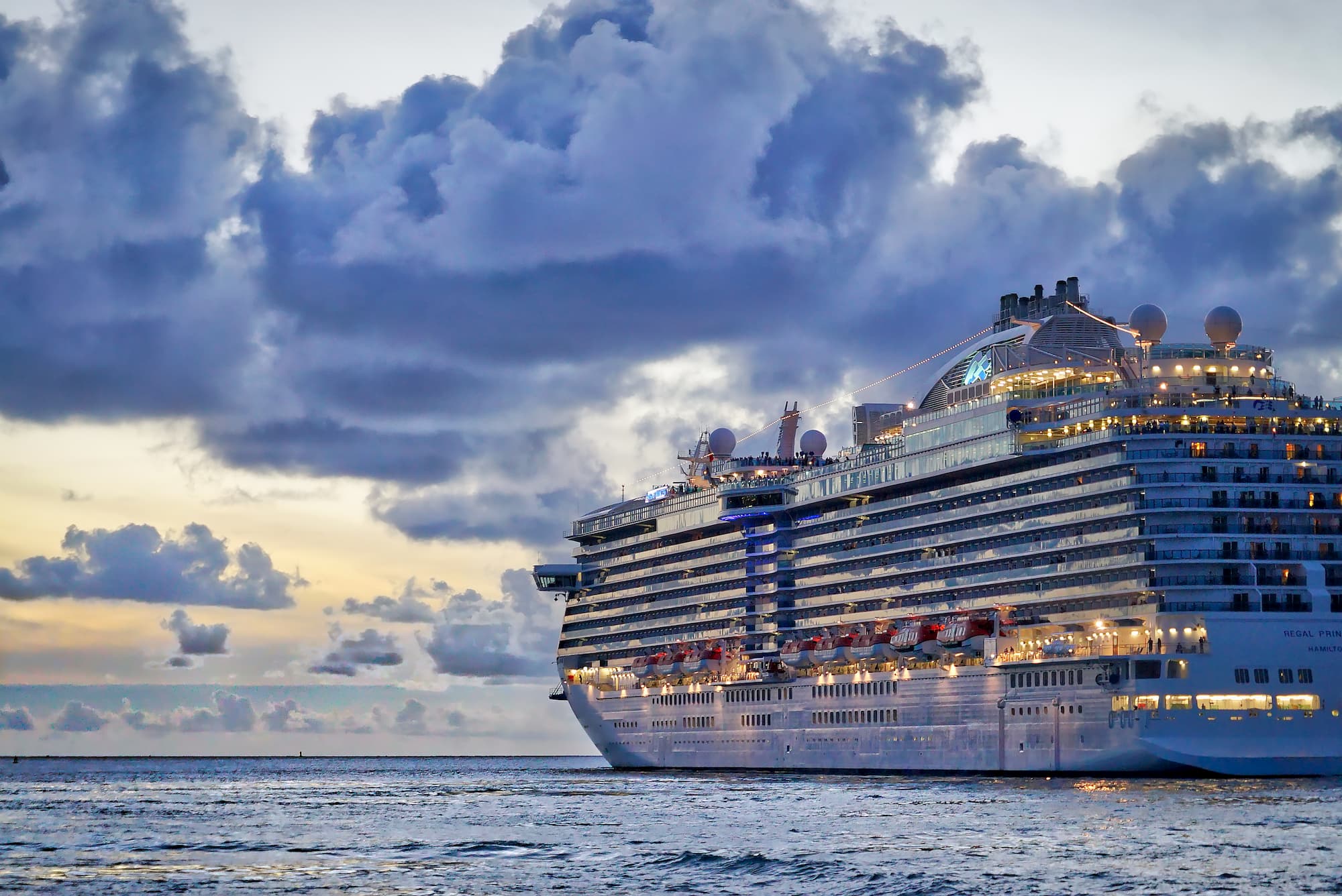Table Of Content

Therefore, it makes sense to run everything possible during normal operation so that there isn’t excess fuel being burned just sitting idle. For example, if you’re sailing from Miami to San Juan, Puerto Rico, your boat may not need to make more than 10 knots because you’ll only be going about 100 miles per day. The main exception is that a ship will speed up in the event of a storm or rough waters in hopes of passing through it quickly. The captain may sometimes decide to speed up if they know a storm is coming in hopes of outrunning it. Finally, a cruise ship maintains a certain speed to keep on schedule.

How Fast Does Queen Mary 2 Go?
When traveling in the identical way as the seas, cruise ships are able to achieve a higher average speed. Cruise lines, on the other hand, never wait for the sea situations to be ideal before attempting to shatter world records. Ships drilling their way through the water experience more resistance than a car cruising down the highway. This results in monstrous energy consumption and big boats burn through fuel fast when traveling at top speeds. Thankfully, emergencies don’t happen all that often on the high seas aboard a cruise ship.
What is a Knot in Nautical Terms?
To learn more about what a knot is and how it relates to speed, check out our article explaining how fast a knot is. The speed of the ship will be adjusted by the captain and his crew depending on the weather conditions and the ocean power that are present. Boat speeds and the amount of time it takes for ships to arrive at harbors would both be decelerated when there are rough seas and heavy gusts. The fastest ocean liner ever built was the SS United States which, on her maiden voyage in 1952, shattered the trans-Atlantic speed record and reached a top speed of 39 knots (45 mph). You can read more about the differences between cruise ships and ocean liners here. Cruise ships can go faster when they’re going in the same direction as the waves.
How fast do Royal Caribbean ships go?
Chinese Taishan is only a 24,427 ton vessel with a maximum capacity of 927. Royal Caribbean’s Radiance Class ships are quite speedy as well, being able to travel at speeds of 25 knots or 28 mph. On average, Royal Caribbean vessels tend to have the fastest average speeds. Cruise Hive was established back in 2008 and among the earliest blogs in the industry. Since the start, it's been our aim to provide the latest cruise news covering all the major cruise lines.
Hotels With Cruise Shuttles For Every Major Port in America
It takes roughly 6 days to complete the crossing of the Atlantic ocean. During this journey, you’ll see plenty of sights along the way. You’ll pass through places like Bermuda, St. Lucia and Barbados. First, you must determine how much extra power you need in order to increase your speed beyond what is normally required. Then, you must find ways to add that amount of power to your existing engine system.
Without powerful engines, cruise ships would never make it out of port. At that time, it was the longest and biggest ship in the world — a title now held by Royal Caribbean’s Freedom of the Seas. The QM2 is the only transatlantic cruise ship currently in operation, and it offers one annual cruise that crosses the Atlantic.
Convenient Port Canaveral “Park & Cruise” Hotels
Cruise ships are equipped with sophisticated navigation systems that allow them to determine the most efficient routes and maintain their speed in varying weather conditions. These systems use GPS, radar, and weather data to help the crew make informed decisions about the ship’s course and speed. However, the knot is not only an alternate spelling of the word naut. So when asking how fast can a cruise ship go, really you’re asking about theoreticals – because ships will only travel as fast as they need to. Although the 1,928-passenger SS United States retired from service in 1969, she still holds the record as the fastest ocean liner to cross the Atlantic in either direction. So, even if a cruise ship has a top speed of 25 knots, it will realistically only ever travel at about 20 knots because this speed is much more efficient.
Cruise Ship Speed FAQs
Is It Safe to Travel to Mexico? What Cruisers Need to Know - Cruise Critic
Is It Safe to Travel to Mexico? What Cruisers Need to Know.
Posted: Thu, 14 Mar 2024 07:00:00 GMT [source]
When it comes to the speed of cruise ships, it’s important to understand that there is a difference between the maximum speed and the average cruising speed. The average cruising speed of a cruise ship typically ranges from 19 to 23 knots, which is about 22 to 26 miles per hour. However, this is just an average and can vary depending on various factors. One of the main factors that determine the speed of a cruise ship is the power of its engines.
What is the environmental impact of cruise ship speeds?
Most cruise ships sail around 20 knots per nautical mile, which translates to 23 miles per hour on land. However, anywhere between 18 and 22 knots would be considered a typical speed for a cruise ship. This article will tell you how quickly cruise ships go in both nautical miles per hour and the corresponding number of knots. In addition to this, it discusses the peak speeds that cruise ships are capable of reaching and discusses why this speed is seldom ever used by cruise ships.
In some protected areas, like Alaska’s Glacier Bay National Park, there are strict rules about how fast cruise ships can go, to preserve the area’s wildlife. Ships use nautical miles because they’re equal to a specific distance around the Earth. Since the Earth is spherical, using the nautical mile allows for the curvature of the planet and is a more precise measurement of distance traveled. Sailors have measured a ship’s speed in knots since the 16th century. The slowest cruise ship ever built was called the SS United States which had a top speed of just 2 knots.
Experts Worry as Facial Recognition Comes to Airports and Cruises - The New York Times
Experts Worry as Facial Recognition Comes to Airports and Cruises.
Posted: Fri, 13 Oct 2023 07:00:00 GMT [source]
In reality, how fast cruise ships go has little to do with the time of day and more to do with fuel efficiency, weather, the ship’s schedule, and passenger comfort. The Queen Mary 2 holds the title of fastest cruise ship in the world with speeds of 30 knots. This is a phenomenal speed considering the ship is close to 150,000 gross tons in size . This incredible speed allows Cunard to offer 7 day transatlantic cruises between Southampton and New York on Queen Mary 2. No other vessel this size can cross the Atlantic as fast as Queen Mary 2. There’s no official record of the fastest cruise ship as cruise ships rarely, if ever, use their top speed.
It’s very rare for a cruise ship top speed to be used – in fact, for itineraries visiting ports close to each other, the average speed of cruise ship travel might be much lower. At first glance, going along at 25 miles per hour may not seem that fast, but for comparison, many residential streets have a 25 mile per hour speed limit. So the next time that you see a car drive past your house, imagine instead that a cruise ship is sailing by that quickly. No, it’s never safe to board a cruise ship whose top speed is less than ten knots. Even though cruise ships may appear to move slowly compared to larger ocean going vessels, they still possess tremendous amounts of momentum.
The engines supply the power to turn propeller shafts that move the boat by displacing water. A transmission system connecting the engines to the propellers determines how fast the propellers move, thus the speed of the boat. When people ask how fast cruise ships go, they’re usually referring to ocean-going ships. River cruise ships tend to travel much slower than those on the open ocean. When a cruise ship is sailing at night to reach port in the morning, the captain knows how fast they’ll need to go in the current conditions to arrive on time.
Before we start, it’s essential to understand that the speed of ships is measured differently than we’re used to on land. Instead of miles per hour, sailors use nautical miles and knots. Officers on the bridge will adjust speed to account for weather and ocean conditions — rough seas and high winds mean slower speeds — and port arrival times. Early arrival into port can come with extra fees that cruise lines are loath to incur, which usually means they prefer to take their time by slowing their speed.
Understanding the factors that affect the speed of cruise ships is essential for planning your next cruise vacation. As you’ve learned, the size and weight of the ship, the number of passengers onboard, the distance and itinerary, and fuel consumption all contribute to determining the cruising speed. Fuel consumption is another crucial factor affecting the speed of cruise ships. Operating at higher speeds requires more fuel, which can be a significant cost for cruise lines.

No comments:
Post a Comment